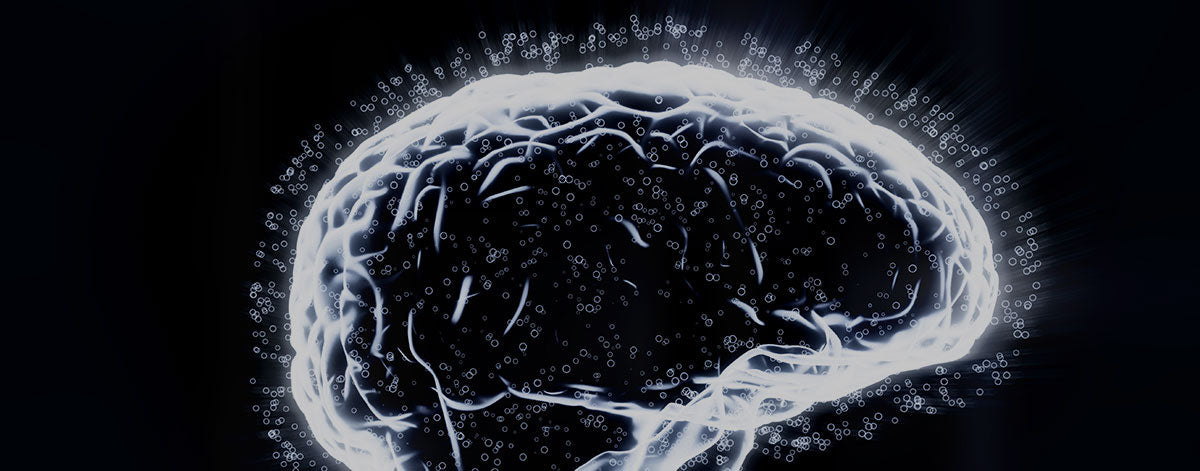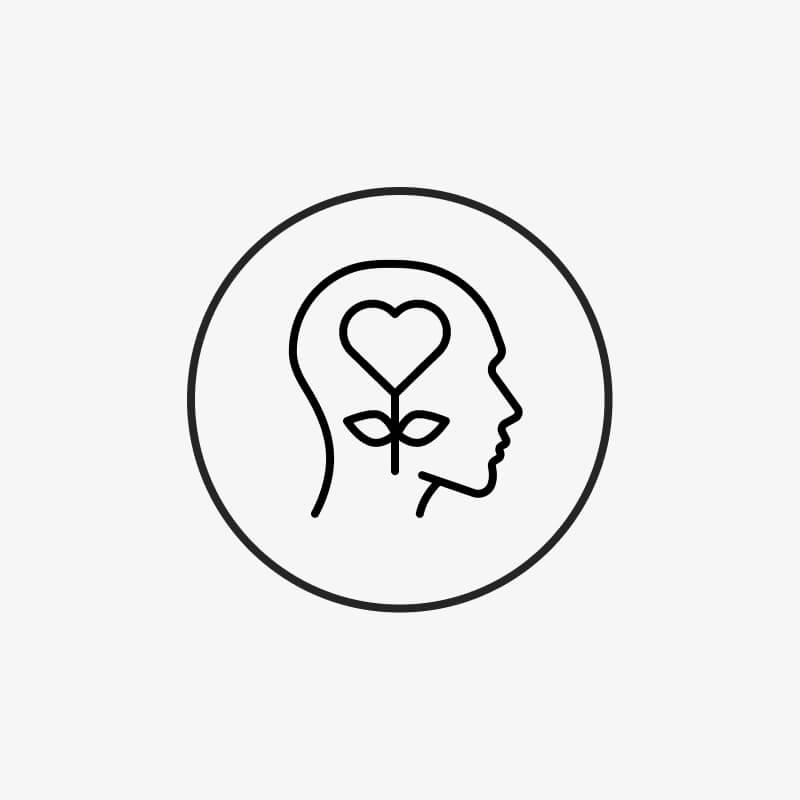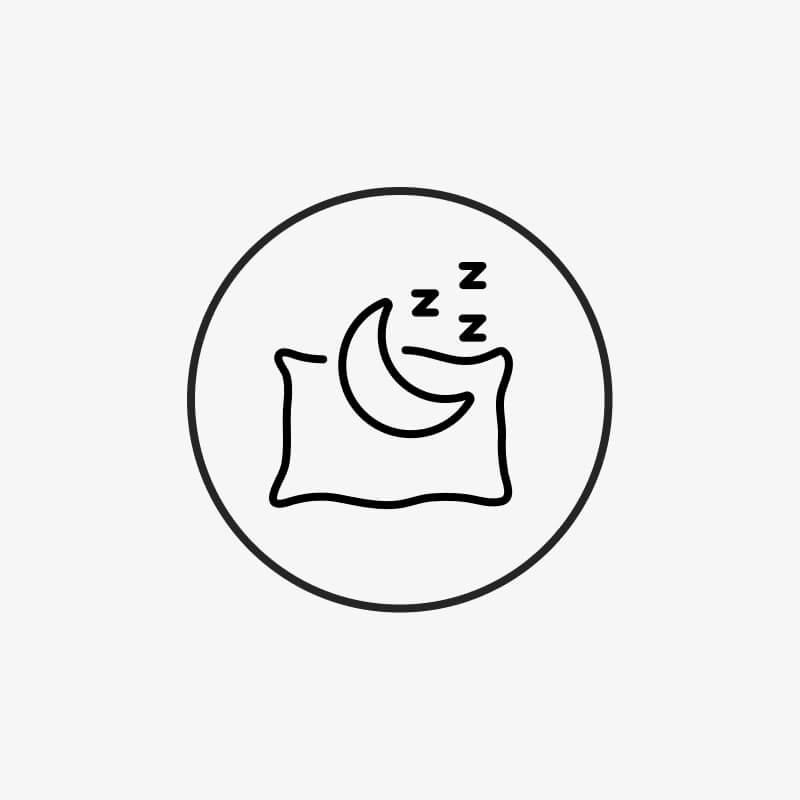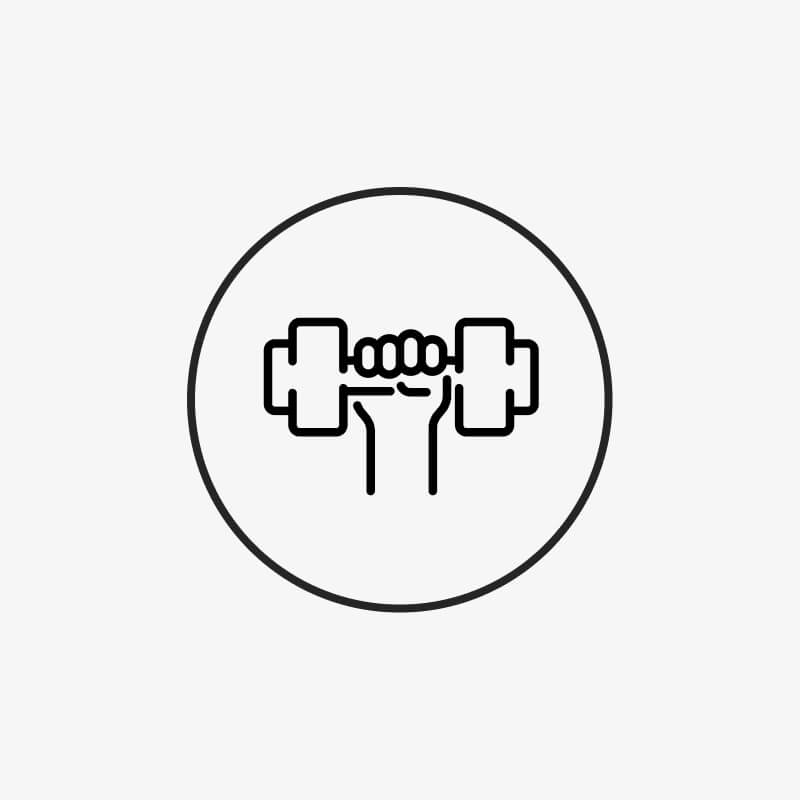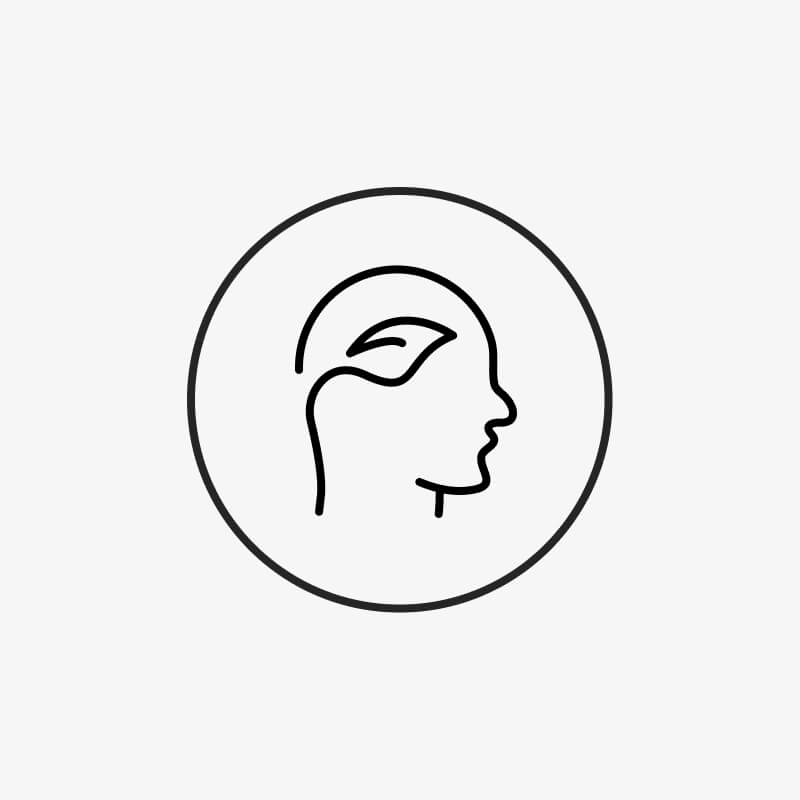We only use 10% of our brain? Are you more of a logical-analytical left-hemisphere type or a creative right-hemisphere type? Men are naturally better at math?! All nonsense! We'll debunk the most common myths about your brain and tell you what's really true!
1. Size makes the difference
Humans have relatively larger brains than chimpanzees, and men on average have larger brains than women. The average weight of a female brain is 1245 g, and that of a male brain 1375 g. These values arise from the fact that most women are smaller than most men – and therefore have smaller heads. Are they therefore more intelligent? A connection between the weight or size of the brain and the potential performance and intelligence of humans cannot be made. The brain of the sperm whale is the largest brain in the entire animal kingdom and weighs more than 9 kg. It is therefore about six times larger than that of a human. The sperm whale itself is quite large, but there are also mammals that have larger brains relative to their body weight than humans. Nevertheless, it is probably clear that no animal can match the cognitive abilities of humans. Size alone does not count for anything.
2. Alcohol destroys brain cells
After a night of heavy drinking, your head is pounding the next morning. And of course, we all have images of chronic drunks in our heads who really don't seem to have many nerve cells left. Therefore, the statement that alcohol damages the nerve cells in our brain seems plausible at first. But is that really true? No! The nerve cells themselves are not damaged by moderate alcohol consumption. For our nerve cells to die, we would have to drink so much alcohol that we ourselves die. The symptom suffered by alcoholics, known as Korsakoff syndrome, is not directly attributable to alcohol, but to a vitamin B deficiency. So, alcohol does not destroy nerve cells, but the dendrites, which are responsible for communication between neurons, are damaged by alcohol consumption. This is reversible, however, because the dendrites can regenerate after a while. Nevertheless, you should consume alcohol in moderation rather than in excess.
3. We can only use 10 percent of our brain
Many books and online articles still claim that we only use 10 percent of our brain. This is, of course, complete nonsense. As modern brain imaging techniques have shown, we use our entire brain all the time and in all places. Maybe not all of it at once; depending on the activity, one region or another will be more active, but there will never be a region that does nothing at all. Each area has its own function and is activated by certain processes. For example, our brain reacts to different types of visual stimuli by using different areas. Cute pictures, for example, are processed in a different area of the brain than erotic images or pictures of food.
4. We have 100 billion nerve cells
This number has been circulating in the media for a long time. But in 2009, scientists discovered that we actually have not 100, but rather around 86 billion brain cells. Now, many might say: 100 billion or 86, who cares? But those 14 billion nerve cells are roughly the size of a baboon's brain. It's also worth considering that one million seconds equals 12 days, while one billion seconds equals 31 years! So, 14 billion cells more or less could definitely make a difference.
5. We use one half of the brain more than the other
Some people are convinced that they are more analytical and linguistically gifted left-hemisphere types or more intuitive and artistically gifted right-hemisphere types. This isn't true either! The true core of this myth lies in the 1960s, when neuropsychologist Roger Sperry from the California Institute of Technology severed some of the nerve strands connecting the two hemispheres of epilepsy patients in order to weaken or completely prevent their seizures. He then conducted experiments in which images of letters or other stimuli were briefly shone into the patients' left or right eyes. Sperry discovered that the left hemisphere was better at processing verbal information, while the right hemisphere was more active with visual and spatial information. Over the years, however, these findings were increasingly distorted and eventually disseminated, primarily through self-help books, as evidence of the dominance of the individual brain hemispheres. There is no scientific evidence for personality types determined by the brain hemispheres, but there are some studies that prove the opposite: For example, psychologists at the University of British Columbia found that creative thinking activates a network of neurons throughout the brain without favoring one side.
6. The brain is more active during the day than at night
Even though it may not seem like it during our busy days, it has been found that the human brain is more active at night than during the day. This obviously refers to sleep. While the body regenerates, the brain is buzzing. Everything is returned to a state of order and balance—as if in a kind of defragmentation. This allows us to hit the ground running the next day.
7. Adults no longer grow brain cells
Whether it's rats, rabbits, or birds, scientists have been able to observe brain cell regrowth in all of these animals, even into adulthood. For almost 130 years, no one had been able to demonstrate nerve growth in the brains of adult humans. In 1998, Swedish researchers finally succeeded in demonstrating nerve growth in the hippocampus, a region responsible for memory. In 2014, a research group at Karolinska University in Sweden discovered a way to determine the age of cells using carbon-14 in DNA. They also demonstrated that new neurons are formed throughout life in the striatum, which plays an important role in motivation, emotion, and cognition. So, although our brain is not a neuron-growth machine, it regenerates itself through the regrowth of certain neurons.
8. Male brains are biologically better at math, female brains are more empathetic
There are small anatomical differences between male and female brains, that's for sure. The hippocampus, which is responsible for memory, is usually more developed in women, while the amygdala, which plays a key role in emotional evaluation and recognition of situations, as well as analyzing potential dangers, is more developed in men. Pretty much the opposite of what this myth claims. It seems likely, then, that these differences are based more on social norms than on biological development. In 1999, psychologists at the University of Waterloo in Ontario conducted a test in which they gave men and women a difficult math test. What was surprising was that all women, even those who were mathematicians, performed worse on average than men, unless they were told beforehand that both sexes had performed equally well in the past. Once this information was provided to the testers, no difference in the results was detectable. Other studies have also shown that gender bias can be eliminated if the test taker is informed that both sexes perform equally well.
As you can see, there are many myths and untruths surrounding the brain—this fascinating yet complex topic. At BRAINEFFECT, we strive to separate truth from legend and provide you with a scientifically sound picture of what science knows today about this fascinating organ. We not only aim to expand your knowledge, but we also use our expertise to keep the products in the BRAINEFFECT line up to date with the latest neurobiology findings. This is the best way for you, as a BRAINEFFECT customer, to maintain your cognitive performance, memory, concentration, and mental clarity well into the future.
{{widget type="egproducts/list_featured" template="elegento/products/listslider.phtml"}}


